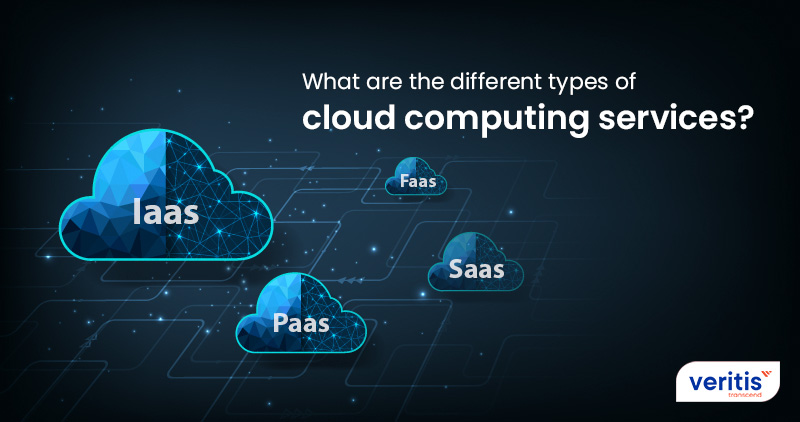In an era defined by an ever-expanding digital landscape, our reliance on data has become more profound than ever before. From personal files and family photos to critical business operations and sensitive information, the need for effective data storage and processing solutions has never been greater. As individuals and businesses grapple with the question of where and how to manage their digital assets, a pivotal decision arises: Home Server Lab or Cloud Services?

This choice represents a crossroads in the evolving relationship between technology and its users. On one hand, the allure of complete control and customization beckons those intrigued by the prospect of a Home Server Lab—a localized, self-managed solution. On the other, the convenience, scalability, and accessibility of Cloud Services offer an appealing alternative, provided by professional service providers.
This blog aims to navigate through this decision-making process, shedding light on the advantages and disadvantages of both Home Server Labs and Cloud Services. By exploring real-world examples, assessing decision-making factors, and considering the ever-evolving landscape of technology, we endeavor to assist you in making the right choice tailored to your unique needs and aspirations.
Join us as we embark on a journey to unravel the intricacies of this decision, helping you navigate the digital realm with confidence and foresight.
Home Server Lab
A. Defining the Home Server Lab
In the realm of digital autonomy, a Home Server Lab stands as a beacon for those who crave complete control over their data infrastructure. At its core, a Home Server Lab is a localized setup where individuals or businesses configure and manage their servers within the confines of their physical space. This entails deploying hardware components, such as servers and storage devices, and configuring software solutions to create a personalized ecosystem.
B. Advantages of a Home Server Lab
Full Control and Customization:
- Unparalleled control over hardware and software configurations.
- Tailoring the server environment to meet specific needs and preferences.
- Ideal for tech enthusiasts seeking hands-on experience and learning opportunities.
Cost Considerations:
- Potentially cost-effective, especially for those with existing hardware.
- Eliminates recurring fees associated with external service providers.
Learning Opportunities for Tech Enthusiasts:
- Hands-on experience in server management and configuration.
- A platform for experimenting with various applications and services.
C. Disadvantages and Challenges
Maintenance and Upkeep:
- Ongoing responsibility for system updates, patches, and hardware maintenance.
- Prone to technical issues that require troubleshooting skills.
Limited Scalability:
- Challenges in scaling up hardware infrastructure for growing needs.
- Upfront costs and potential constraints on expansion.
Potential Security Concerns:
- Requires a robust understanding of security practices.
- Vulnerable to local threats and requires diligent security measures.
While a Home Server Lab offers unparalleled customization and control, it comes with responsibilities that may be daunting for those less inclined towards hands-on management. The decision to embark on the Home Server journey involves weighing these advantages and challenges against individual or business needs.
Cloud Services
A. Defining Cloud Services
In contrast to the localized charm of Home Server Labs, Cloud Services present a dynamic and scalable alternative, where digital assets are stored and managed on remote servers operated by third-party providers. This paradigm shift offers users the convenience of outsourcing infrastructure and services, thereby reducing the burden of physical maintenance and providing a scalable, pay-as-you-go model.
B. Advantages of Cloud Services
Scalability and Flexibility:
- Easily scale resources up or down based on demand.
- Flexibility to adapt to evolving storage and processing needs.
Accessibility from Anywhere:
- Access data and applications from any location with an internet connection.
- Facilitates remote work and collaboration among distributed teams.
Professional Maintenance and Security:
- Outsourced maintenance and updates, reducing the burden on users.
- Robust security measures implemented by service providers.
C. Disadvantages and Considerations
Cost Considerations:
- Recurring fees may accumulate over time, potentially exceeding upfront hardware costs.
- Costs associated with data transfer and storage can vary.
Dependence on Third-Party Providers:
- Reliance on external entities for infrastructure and service provision.
- Potential service interruptions or changes in service terms.
Limited Customization Options:
- Constraints on customizing hardware configurations.
- Limited control over the underlying infrastructure.
Cloud Services offer unparalleled convenience and scalability but come with considerations related to costs, dependence on external providers, and potential limitations on customization. The decision to embrace Cloud Services involves a careful evaluation of these factors against the backdrop of individual or business requirements.
Decision-Making Factors
A. Identifying Personal or Business Needs
Nature of Data:
- Assessing the type of data being managed (sensitive, personal, business-critical).
- Considering the need for data accessibility and collaboration.
Workload and Usage Patterns:
- Understanding the frequency and intensity of data processing.
- Identifying peak usage times and resource demands.
B. Budget Considerations
Upfront Costs vs. Recurring Expenses:
- Comparing the initial investment required for a Home Server Lab against ongoing costs of Cloud Services.
- Evaluating the long-term financial implications of each option.
Total Cost of Ownership (TCO):
- Calculating the comprehensive cost, including hardware, software, maintenance, and potential scalability expenses.
C. Technical Expertise and Preferences
Skill Level:
- Assessing the technical proficiency of individuals or the IT team managing the infrastructure.
- Determining comfort levels with hands-on server management.
Customization Requirements:
- Gauging the extent of customization needed for hardware and software configurations.
- Identifying the importance of tailoring the environment to specific requirements.
D. Security and Privacy Concerns
Data Sensitivity:
- Evaluating the sensitivity of data and the need for stringent security measures.
- Considering compliance requirements for data handling.
Trust in Third-Party Providers:
- Assessing the reputation and reliability of potential Cloud Service providers.
- Ensuring alignment with privacy and security standards.
E. Future Scalability Requirements
Expected Growth:
- Anticipating future data storage and processing needs.
- Evaluating the ability of the chosen solution to scale seamlessly.
Adaptability to Technological Advances:
- Considering the ability of the chosen solution to integrate with emerging technologies.
- Assessing the longevity and relevance of the chosen infrastructure.
The decision-making process hinges on a comprehensive evaluation of these factors, ensuring that the chosen solution aligns with both current requirements and future aspirations. Striking the right balance between customization, cost-effectiveness, and scalability is crucial for making an informed choice between Home Server Labs and Cloud Services








